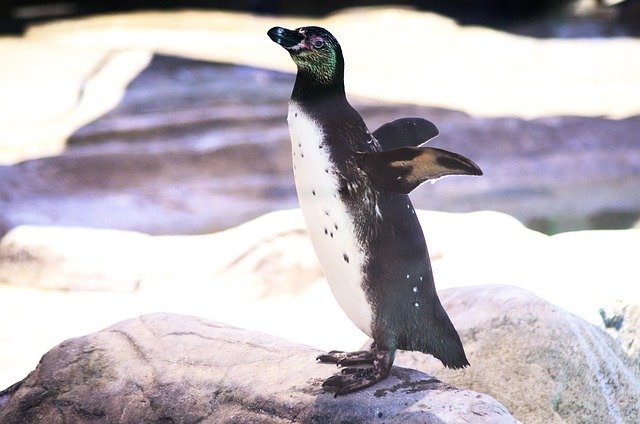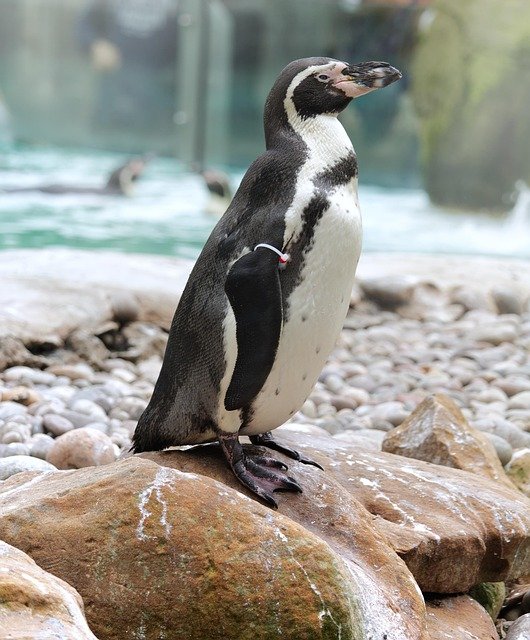**Title: "The Social Lives of Penguins: Understanding Their Unique Social Structures and Behaviors"**

The Social Lives of Penguins: Understanding Their Unique Social Structures and Behaviors
Penguins are fascinating creatures that have captured the hearts of many with their charming waddles and distinctive tuxedo-like appearance. However, beyond their endearing looks lies a complex social structure that plays a crucial role in their survival and reproduction. In this post, we will explore the unique social lives of penguins, including their social structures, behaviors, and the significance of their interactions.
Social Structures of Penguins
Colonies and Mating Systems
Penguins are highly social animals that often live in large colonies, sometimes numbering in the thousands. These colonies provide safety in numbers, as they help protect individuals from predators and harsh environmental conditions. The social structure within these colonies can vary significantly among different penguin species.
For instance, Emperor Penguins are known for their monogamous breeding pairs, where a male and female form a bond that lasts for the entire breeding season. In contrast, some species, like the Adélie Penguin, may engage in more promiscuous mating systems, with individuals often changing partners between breeding seasons.
Hierarchies and Dominance
Within these colonies, a hierarchy often emerges. Dominance hierarchies can influence access to resources such as food and nesting sites. Higher-ranking individuals may have priority during feeding times or may be more successful in attracting mates. Observing these hierarchies can provide insight into the social dynamics at play within penguin colonies.
Social Behaviors of Penguins
Communication
Penguins are vocal birds that use a variety of calls to communicate with one another. These calls serve multiple purposes, including attracting mates, signaling alarm, and maintaining contact with chicks. Each species has its unique vocalizations, and even individual penguins can have distinctive calls that help them recognize their partners or offspring in the bustling colony.
Parental Care
One of the most remarkable aspects of penguin behavior is their dedication to parental care. Both male and female penguins share the responsibilities of incubating eggs and feeding chicks. In species like the Emperor Penguin, males endure extreme cold while incubating the egg on their feet for about two months, showcasing their commitment to the survival of their offspring.
Cooperative Behaviors
Penguins often engage in cooperative behaviors, such as group foraging and huddling for warmth. During harsh weather conditions, penguins will huddle together to conserve heat, demonstrating the importance of social bonds for survival. Additionally, some species exhibit cooperative hunting strategies, where groups work together to corral fish into tight groups for easier feeding.
Conclusion
The social lives of penguins are rich and complex, reflecting their adaptations to survive in some of the most challenging environments on Earth. Understanding their social structures and behaviors not only deepens our appreciation for these remarkable birds but also highlights the importance of social interactions in the animal kingdom. As we continue to study and learn about penguins, we uncover the intricate web of relationships that sustain their populations and contribute to their resilience in the face of environmental changes.
Feel free to share your thoughts, experiences, or questions about penguin behavior in the comments below! 🐧

Upvoted! Thank you for supporting witness @jswit.